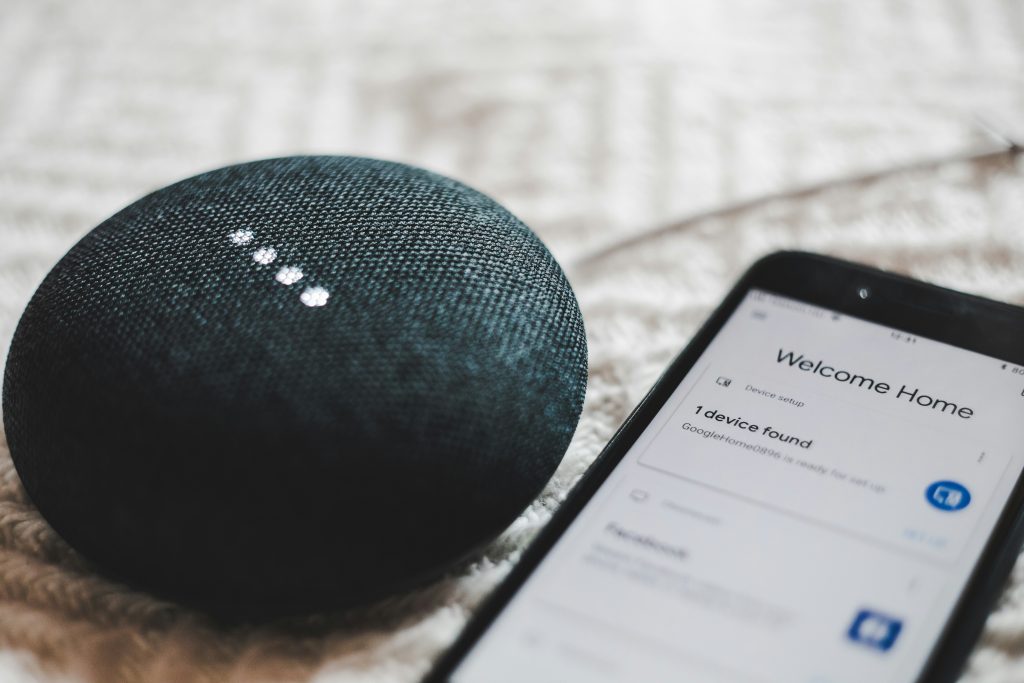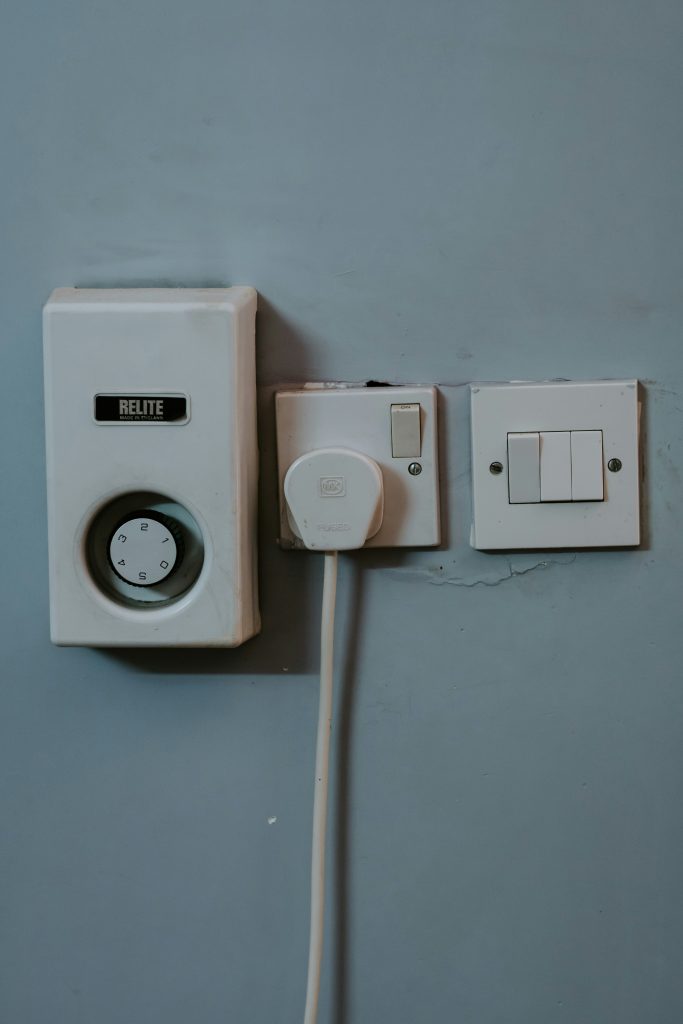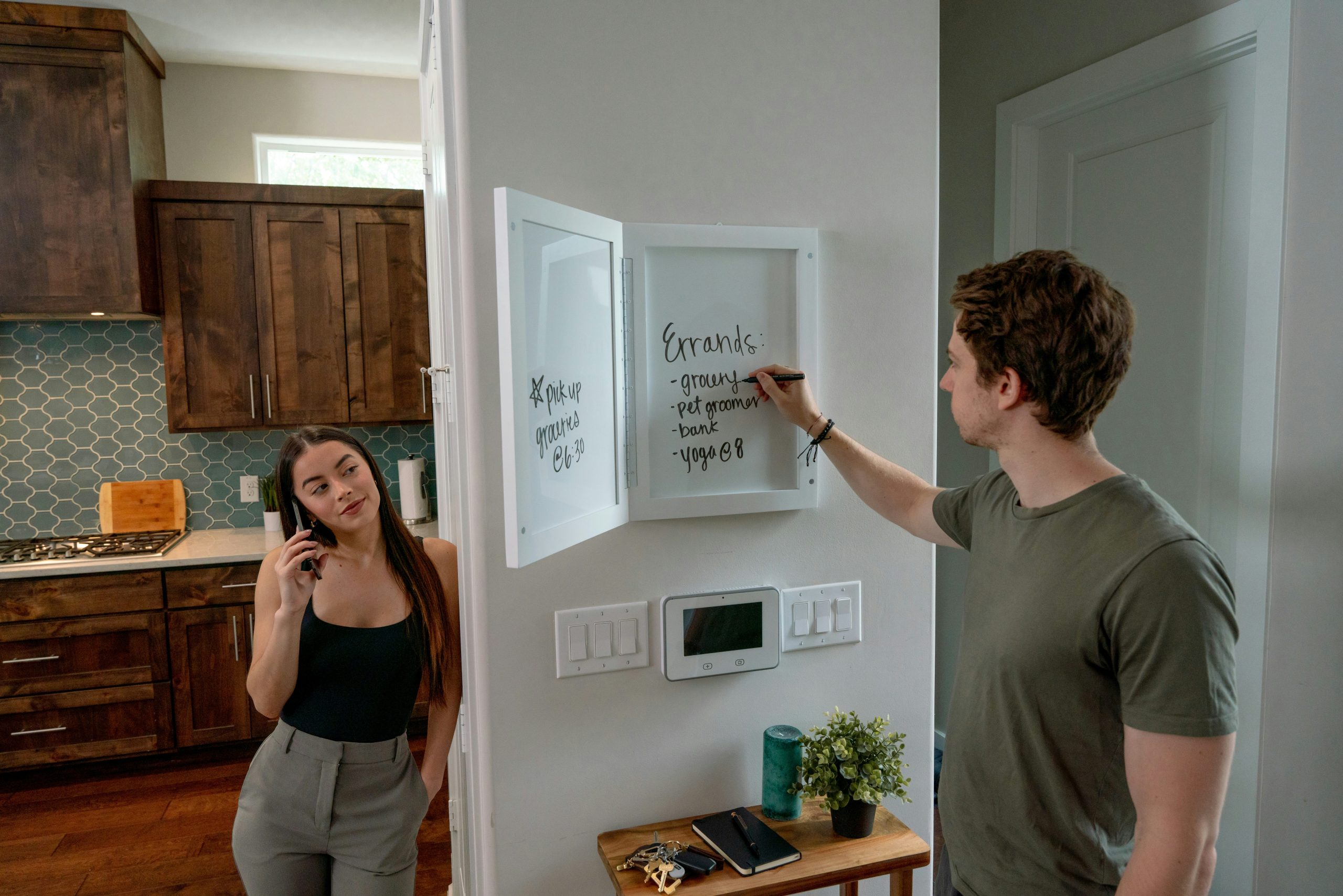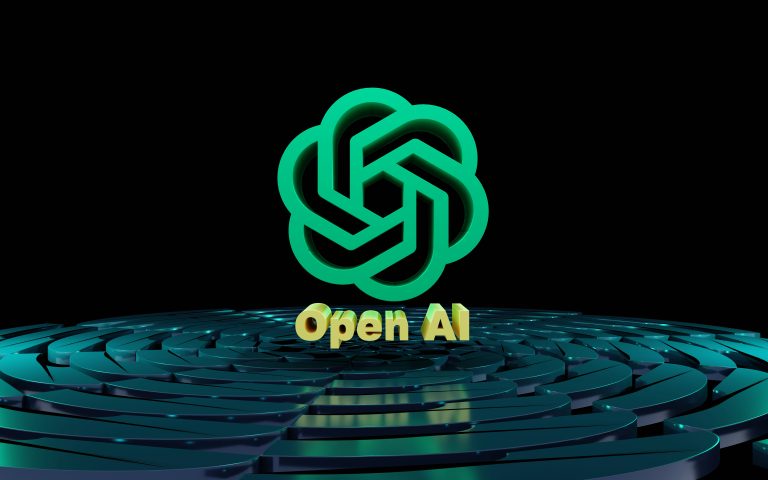The Future of Smart Homes: What’s Coming Next?
Smart homes have come a long way — from basic voice assistants and smart lights to connected security cameras, thermostats, and appliances. But in 2025 and beyond, the concept of a smart home is evolving into something more intelligent, more intuitive, and way more personal.
So, what’s on the horizon? Here’s a glimpse into the next phase of smart living.
1 Hyper-Personalized Home Automation
Your home will soon understand you better than ever. Powered by AI, future smart homes will learn your routines, preferences, and even moods to adjust lighting, temperature, and music without being asked.
Example: Your lights dim, curtains close, and your favorite playlist starts when the house senses you’re stressed after work — all without a command.
2 Smarter, Safer Security Systems
Home security is getting a major upgrade. Facial recognition, motion-sensing AI, and even drone surveillance will provide proactive protection — alerting you to unusual behavior and adapting security measures on the fly.
Example: Your smart system not only notifies you of a door opening but cross-checks it against familiar faces or scheduled visitors.

3 Interconnected Everything (IoT 2.0)
Appliances, devices, and systems will talk to each other seamlessly through advanced interoperability standards like Matter — making setup and communication between brands way easier.
Example: Your fridge tells your smart speaker you’re low on milk, which adds it to your grocery app — then your car’s AI suggests a route past your favorite store.
4 Energy Efficiency and Sustainability
Smart homes will be key players in sustainable living. Expect intelligent energy systems that automatically optimize power use, manage solar panels, store excess energy, and monitor water consumption.
Example: Your home charges your EV during off-peak hours and reduces HVAC use based on real-time energy prices and weather forecasts.
5 Context-Aware Voice Assistants
Voice assistants will become more conversational and situationally aware, understanding not just what you say but the context you’re in — like who’s speaking, where you are, and what’s happening around you.
Example: You say, “Let’s get cozy,” and your assistant lowers the lights, starts the fireplace, and queues up your favorite movie — no follow-ups needed.
6 Aging in Place Tech
For older adults, smart homes will increasingly support independent living with fall detection, health monitoring, medication reminders, and remote check-ins for caregivers.
Example: Your home alerts a caregiver if it senses unusual activity patterns or missed meals.

7 AI-Powered Home Management
Beyond automating tasks, AI will manage your home like a digital concierge — handling maintenance reminders, monitoring air quality, optimizing grocery purchases, and even suggesting lifestyle tips.
Example: Your home suggests switching to a new energy plan based on your usage history and local incentives.
What’s Holding It Back?
Even with these advancements, some challenges remain:
- Privacy concerns and data security
- Device compatibility and complexity
- Cost of upgrades and installation
But as technology becomes more user-friendly and affordable, smart homes will become the standard rather than the exception.
Bottom Line
The future smart home won’t just respond to your voice — it will anticipate your needs, protect your family, and adapt to your lifestyle. We’re moving from convenience to true intelligence — and your home is about to become your smartest companion.
Would you like a short version for social media or a visual concept (like a smart home infographic or floorplan)?






